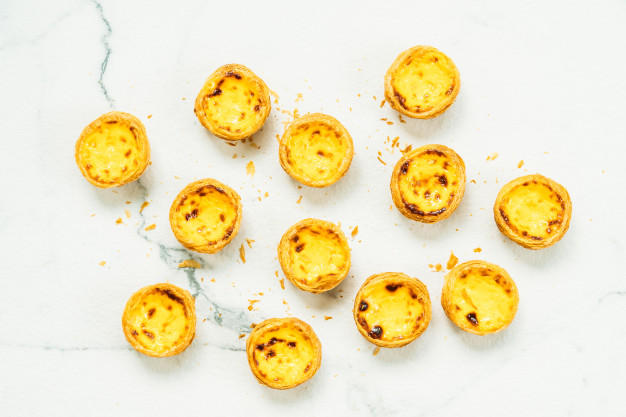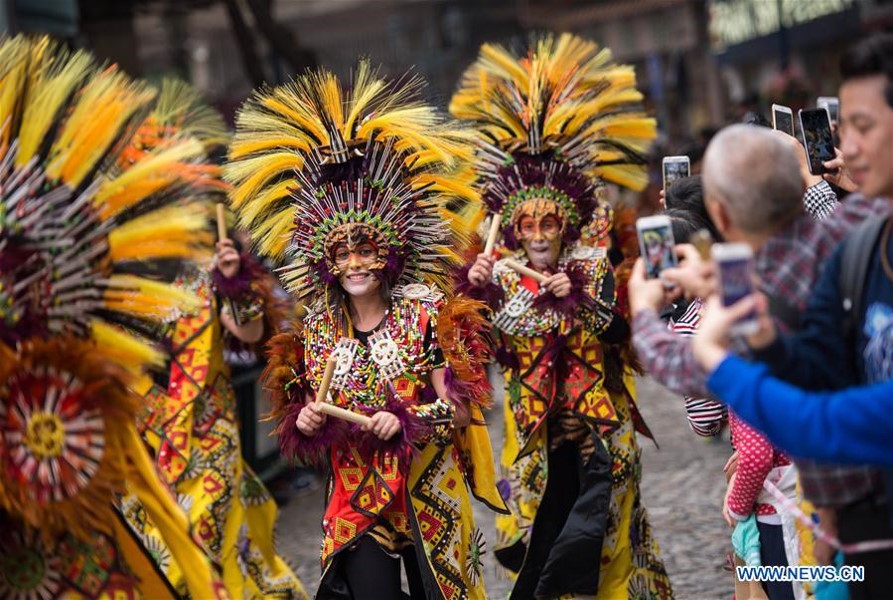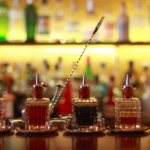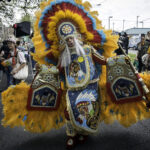A delectable potpourri of tastes and aromas, Macao’s famous Macanese cuisines is crossing boundaries and impressing palates across the globe.
Macao, a major port city of Southern China and former Portuguese colony, is one of Asia’s favourite destinations to come explore variety.
However, one of Macao’s distinguished features continue to be it’s more than 400-year old culinary legacy. The city was recognised as UNESCO’s Creative City of Gastronomy in 2017, and it’s where Asia’s 50 Best Restaurant awards were announced for two consecutive years.
The Land of Heritage and Cuture, Macao is a gustatory delight for its amalgamation of different flavours and cuisines come from several regions. As they say, “there is something for every taste-bud due to the diverse flavours in the Macanese cuisines.”
Macanese cuisine is unique to Macao; it is a blend of Portuguese cuisine with significant influences from Southeast Asia and the Lusophone world. The distinctive dishes are the result of the amalgamation of spices and ingredients the Portuguese sailors collected along the journey to Macao in an attempt to replicate Portuguese dishes when they arrived in Macao.
Some of the more famous street food dishes include Egg Tarts, Minchi, Pork Chop Bun, African Chicken, Capela, and Serradura to name a few.
Apart from the local flavours, Macao features a wide variety of food from Mainland provinces.
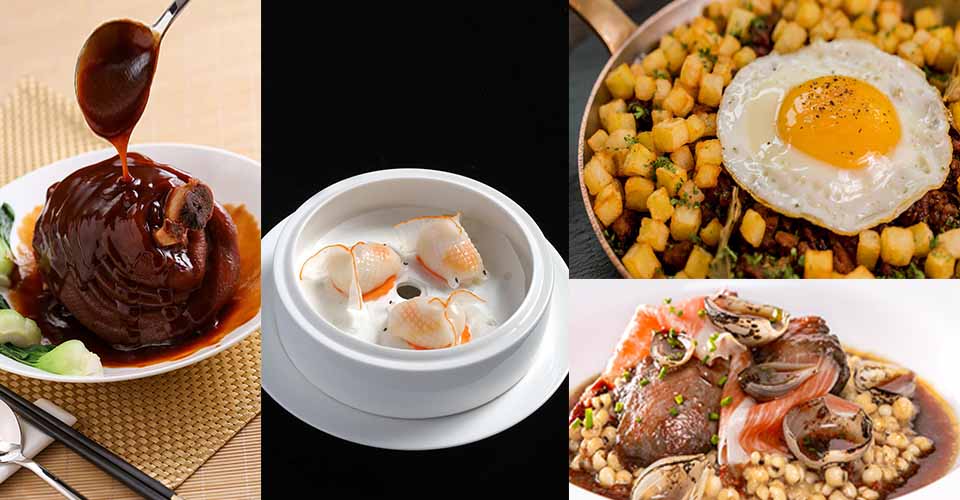
Peking Duck is the highlight of Peking cuisine, while Steamed Buns with Minced Pork Filling, Wontons and Freshwater Hairy Crabs are renowned Shanghainese dishes. Lovers of spicy food can also enjoy signature Sichuan soups and hotpots in Macao.
When it comes to ‘Yum Cha’ (literally ‘drink tea’) devotees are spoilt for choice with many hotels and restaurants in Macao serving a cornucopia of ‘Dim Sum’ specialties such as ‘Har Gau’ (steamed dumplings stuffed with shrimp), ‘Shiu Mai’ (steamed dumplings stuffed with pork and shrimp) and Tsun Guen (fried rolls of shrimp and vegetables).
Another famous cuisine is Guangdong dishes which include roasted meats, seafood and other delicate dishes. ‘Dim Sum’ is commonly accompanied by tea, particularly jasmine (‘Heong pin cha’) or red tea (‘Pou lei’).
Macao is an excellent destination for sampling international cuisines as well.
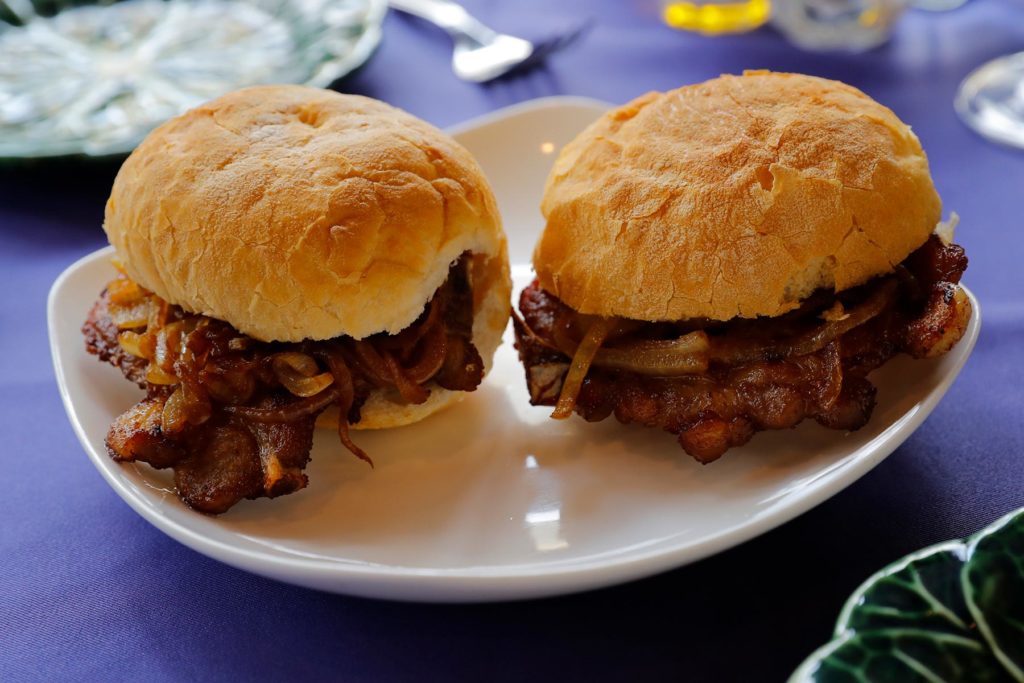
Major hotels and upscale malls offer an array of cuisines, often featuring buffets, food court, Michelin star restaurants, and international dishes prepared by world-class chefs.
Rua de S. Paulo, Avenida de Almeida Ribeiro (popularly-known as ‘San Ma Lo’), Rua da Felicidade, Travessa do Auto Novo near Senado Square and Rua do Cunha in Taipa Village are the places to find local snacks, packed with shops selling Macao delicacies like almond cookies, egg rolls, peanut candies, roasted sliced meat and many other local specialties. Some of the snacks are cooked right in front of you – and all make excellent gifts for your nearest and dearest.
In recent times, Macao – the World Centre of Tourism and Leisure has established itself as a Michelin-starred destination to provide the world’s fine dining experiences across the city. In spite of its small size, Macao boasts 19 Michelin starred restaurants.
Travelling to Macao during its events and festivities has its own charm.
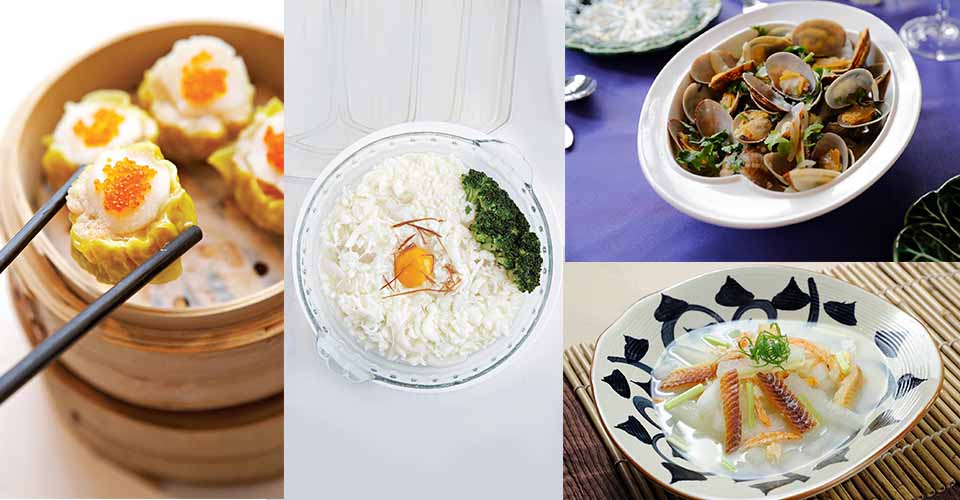
November in Macao is a month of festivities for all the local food lovers and visitors as they celebrate the biggest and most awaited food festival – Macao Food Festival, organized by United Association of Food and Beverage Merchants of Macao. The entire city transforms into a food paradise with delicious Asian, European, Mainland China and local delicacies and exciting entertainment and fun for everyone. The festival also has game booths, live performances and beer competition every year during the festival.
So from mouth-watering food to awe-inspiring monuments, world-class events to adrenaline-inducing adventures, there are numerous ways to experience Macao.
If you are looking for a rich culinary experience, Macao is the perfect destination for you.

